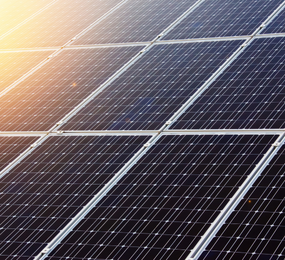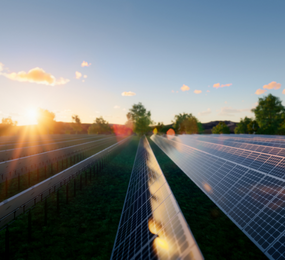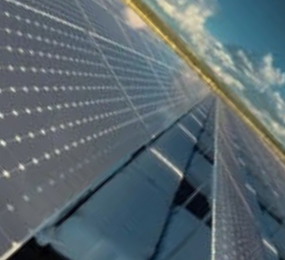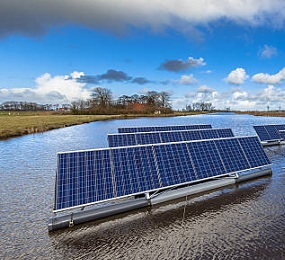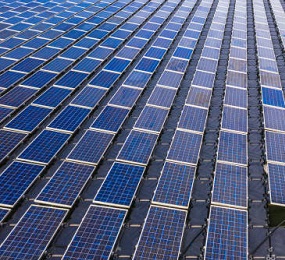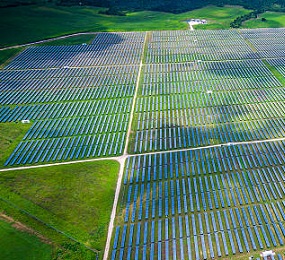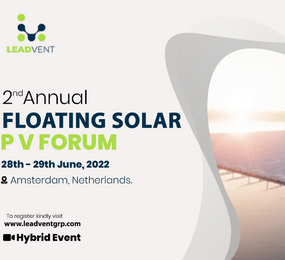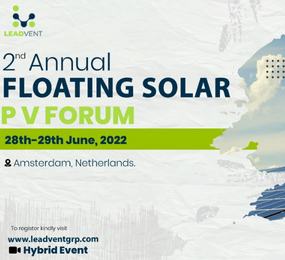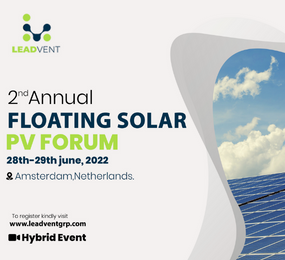Floating solar installations offer a sustainable solution for renewable energy generation, but their design must carefully consider water quality to mitigate potential environmental impacts. By implementing best practices in design, stakeholders can ensure the protection of aquatic ecosystems while maximizing the benefits of floating solar for clean energy generation.
Water quality is a critical consideration in floating solar design, as installations are often deployed on water bodies such as reservoirs, lakes, and ponds. Poor water quality can negatively impact aquatic ecosystems, affecting water clarity, oxygen levels, and nutrient cycling. Floating solar installations have the potential to exacerbate these issues through shading, thermal effects, and material leaching, highlighting the importance of careful planning and design.
To mitigate potential impacts on water quality, floating solar designs should incorporate best practices to minimize shading, reduce thermal effects, and select materials that are non-toxic and corrosion-resistant. Additionally, proactive measures such as regular environmental monitoring and adaptive management strategies can help identify and address any issues that arise during installation and operation.
By prioritizing water quality in floating solar design, stakeholders can ensure the long-term sustainability of renewable energy generation. Protecting aquatic ecosystems not only preserves biodiversity and ecosystem services but also maintains the integrity of the water bodies that support floating solar installations. Sustainable energy generation requires a holistic approach that considers both environmental and social factors, ensuring that renewable energy projects contribute to the overall well-being of ecosystems and communities.
Environmental monitoring is a crucial component of floating solar design, providing valuable data on water quality parameters such as temperature, dissolved oxygen, and nutrient levels. By investing in comprehensive monitoring programs, stakeholders can track changes in water quality over time, identify potential impacts from floating solar installations, and implement corrective measures as needed to protect aquatic ecosystems.
In conclusion, addressing water quality concerns is essential for ensuring the environmental sustainability of floating solar installations. By incorporating best practices in design, materials selection, and environmental monitoring, stakeholders can minimize the potential impacts on aquatic ecosystems and promote sustainable energy generation. As the demand for renewable energy continues to grow, floating solar projects must prioritize environmental stewardship to maximize their benefits while minimizing their ecological footprint.
To register or learn more about the Forum please check here: https://bit.ly/46Vw6nm
For more information and group participation, contact us: [email protected]


